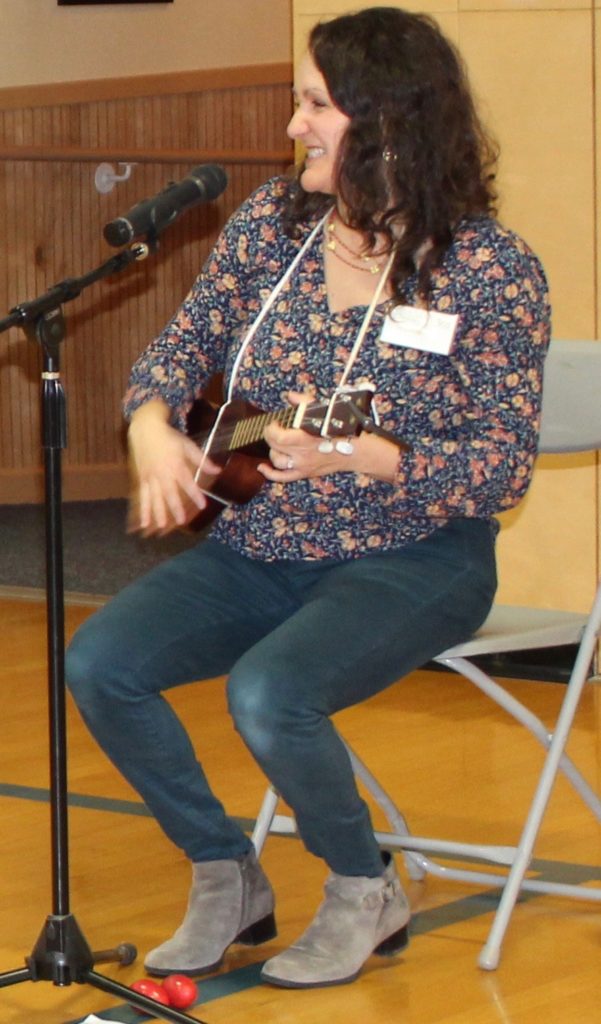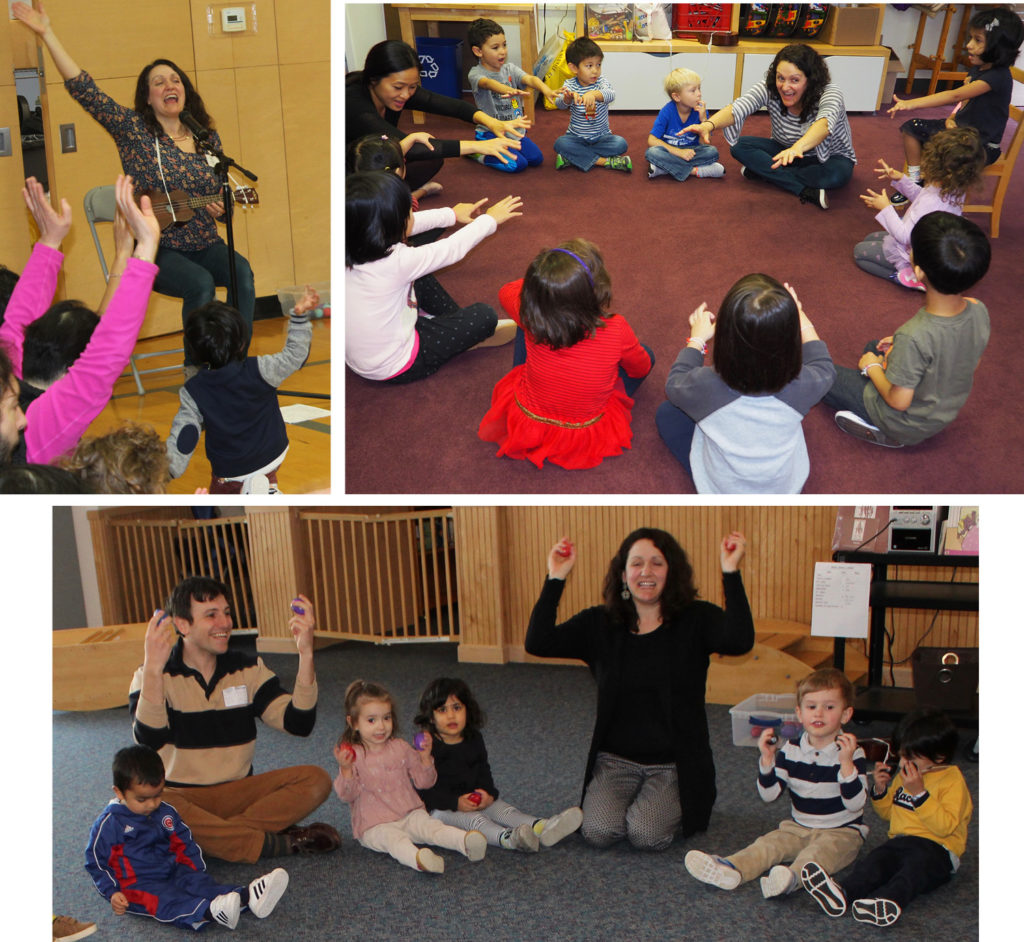 Music is powerful. It has the ability to lower cortisol levels and increase endorphins. It’s been shown to support all kinds of learning, including math skills, early literacy, gross and fine motor development.
Music is powerful. It has the ability to lower cortisol levels and increase endorphins. It’s been shown to support all kinds of learning, including math skills, early literacy, gross and fine motor development.
–
For these and many other reasons, Princeton Montessori School incorporates music into our student curriculum at all program levels.
–
This Fall, Princeton Montessori welcomed a new music teacher to the school. Norah Wadsen, a trained Music Together instructor who also holds a Masters in Education, now works exclusively with our early childhood students. Wadsen teaches weekly music classes to the Toddlers and the first and second year Primary students. “The Montessori approach really supports each child’s passions and creativity as students are encouraged to be self directed, curious learners,” said Wadsen. “I think this approach transfers well to our music classes. I often play with and develop the songs by accepting and including creative suggestions from the children. They never cease to amaze me with their fresh ideas and enthusiasm for creating something new.”
–
At Princeton Montessori School, Wadsen follows the Music Together curriculum and teaches weekly half-hour music classes to the younger age groups. Her classes at the Toddler level (which include the Infants when their schedules permit) incorporate small and large movement pieces that allow the children to feel the rhythm in their bodies by jumping, climbing and crawling. She complements these high energy songs with quieter lullabies. “There’s a nice alignment between the Music Together philosophy of mixed age family classes and the Montessori classroom,” said Wadsen. “The older children enjoy the ability to lead and model the musical expression for the developing younger ones.”
–
Wadsen adds light choreography and more part-singing and rounds with the first and second year Primary students. She also likes to exercise the students’ response inhibition and audiation by suddenly stopping or freezing the beat or eliminating phrases in the music. This is a powerful tool with all the age groups to capture the children’s attention and facilitate their rhythmic and tonal development. “The teachers at Princeton Montessori are experts in directing children’s energy and always maintaining a very respectful, caring, and peaceful environment for the children,” Wadsen continued. “In our music classes, we always have a specific arc of energy: first drawing in focus, then building towards more energetic pieces, and finishing with a peaceful, soothing song before we sing goodbye. This seems to be a wonderful complement to the calming energy that the students are accustomed to during their school day.”
–
Wadsen brings her ukelele to class and uses it regularly, but often her voice and hands are the main instruments. “It’s not about performance but rather musical exploration,” she continues. “I use rhythm instruments and props as well as my own singing and movement to help the students put the rhythm in their bodies and creatively internalize the music.” Wadsen notes that a Music Together songbook and CD were sent home with families at the start of the school year and the music can also be accessed digitally. She emphasizes the importance of musical continuity between her classes, the music that the teachers incorporate into the classrooms during the school day, and the music the children experience in the car or at home. She encourages parents to play the songs often and enjoy music with their children. “Sing with your children!” said Wadsen. “Don’t worry about what your voice sounds like. You can nurture a love of music in your children by just having fun and being silly with it. For me, it’s pure joy.”
